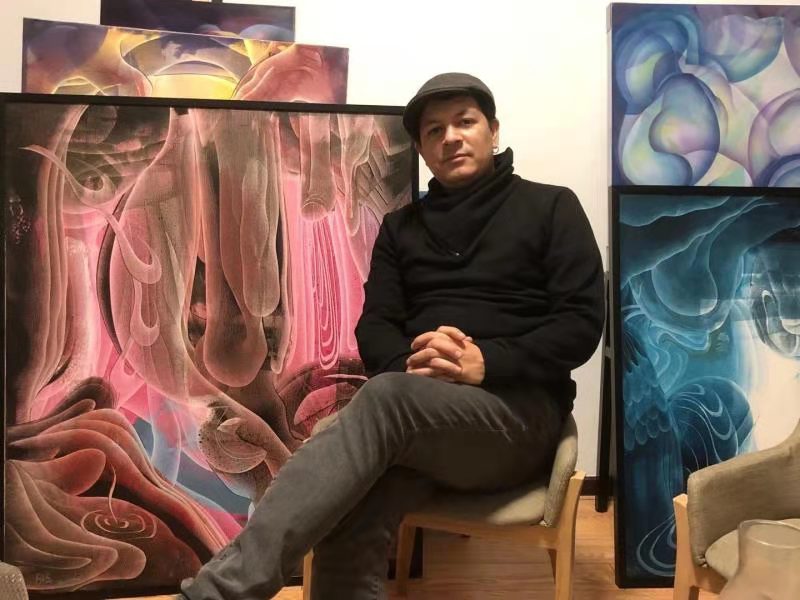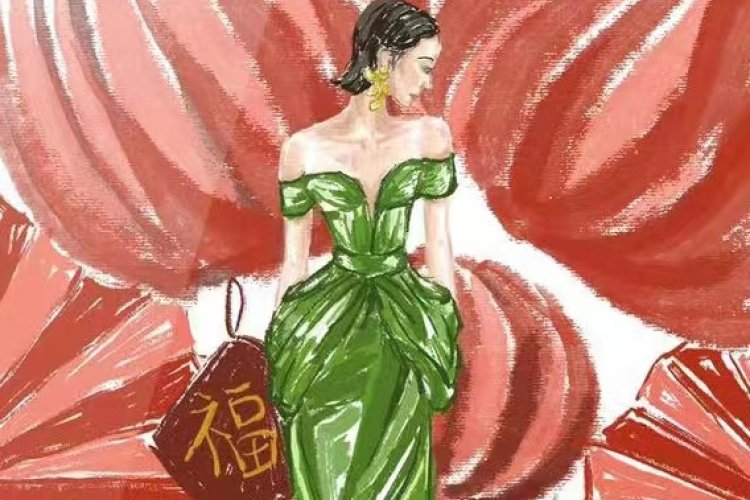Artist PazViola: "When I Move to a New Place, It Certainly Affects My Art"
PazViola is an Uruguayan artist who has been living and working in Beijing for just two years, but his name is spreading like wildfire in the local art and culture communities. And though his works might be new to many Beijingers, they're well-known all over the world as his art has been featured in books and magazines across the globe including The Latin American Plastic Art Annual Review, and have also been featured in doctoral studies across various nations.
Picking up plastic art from the age of 7, it wasn’t long before PazViola began participating in shows and galleries – by the age of 14, his art was being shown in galleries and museums in Uruguay, Argentina, Chile, the US, Italy, and China. To say the least, he is an internationally recognized artist and highlights notable influences such as Roberto Matta, Max Ernst, and Javier Gil.
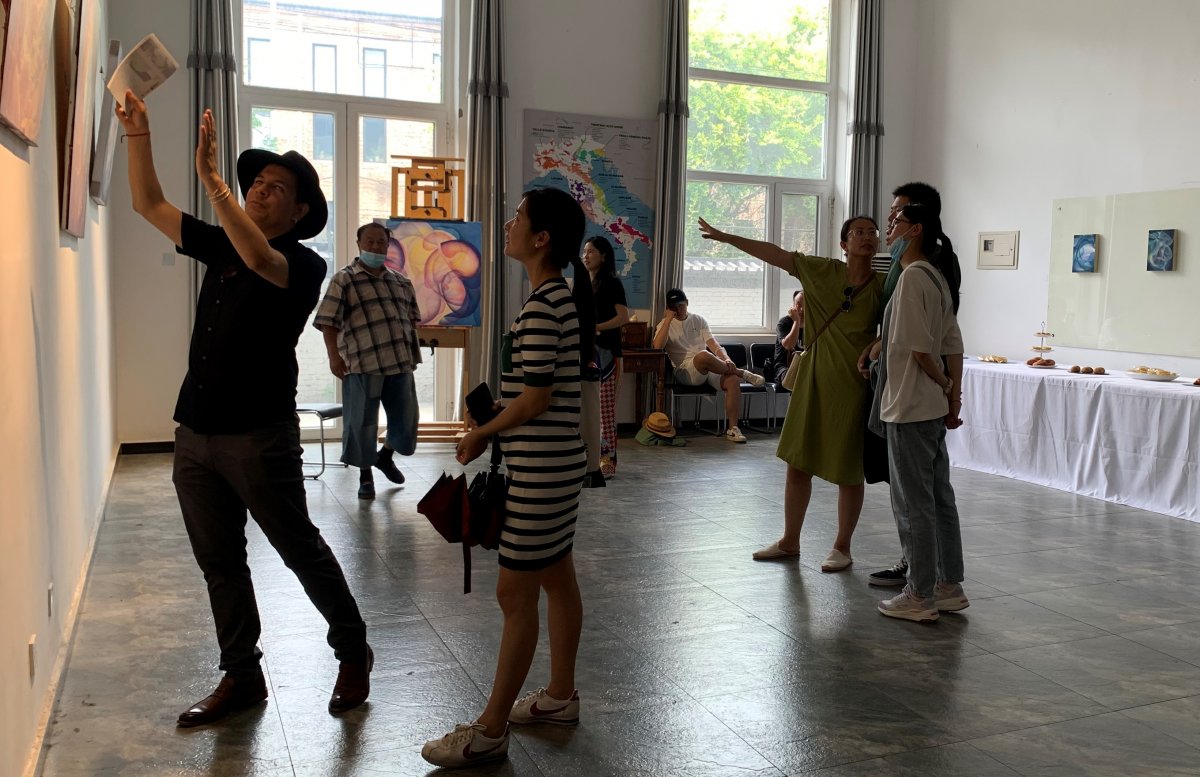
PazViola's work – currently on display at the Scuola di Formazione Permanente della Fondazione Italia Cina in Beijing's Tongzhou District – is a way for the artist to embrace, in his words, “all living things as manifested in nature, the universe (or universes) and the infinite worlds and dimensions about which we know nothing.”
I had the opportunity to talk with PazViola about art, love, life, and inspiration, themes that strike at the core of art lovers, music fans, world travelers, and anyone else with a creative or curious streak.

With your career, you could be living just about anywhere in the world. What brought you to Beijing?
My wife is originally from Beijing and two years ago while living in New York, we decided to move here. Beijing is the first city that I have lived in and visited in China, and I really love it so far.
How did you and your wife meet?
We met in 2010, in Chile. I lived in Santiago de Chile since 2008 and we met at a Uruguayan party.
Sounds like a romantic, artistic, love story. Is your wife an artist too?
No, she is not an artist. My wife is a translator and interpreter (Chinese-English-Spanish). Before living in New York and Beijing, my wife went to study in California, and we lived there for two years. After that, she went to work at the United Nations for a year in New York.
Now that I know a little bit about you, can you tell me about the inspiration for your new show?
Well, this series, titled, "Music Interpretation," tries to interpret different types of music, especially Chinese music. What I do when I paint is to listen to a single musical work, or a part of the music, and repeat it over and over again so that I can interpret it with color and shapes.

That is a remarkable process. How many pieces are you showing in this new exhibition?
In total about 25 paintings. Ten works of mine from two different series: "Musical Interpretation" acrylic on canvas, and "Nothing in the Void" oil on canvas.
Has living in China changed your style at all?
I am a very sensitive artist, so when I move to another city or country, it certainly affects my art.
For example, when I arrived in China, I only painted musical Interpretations, but now my new series will include sculptures that are inspired by China.
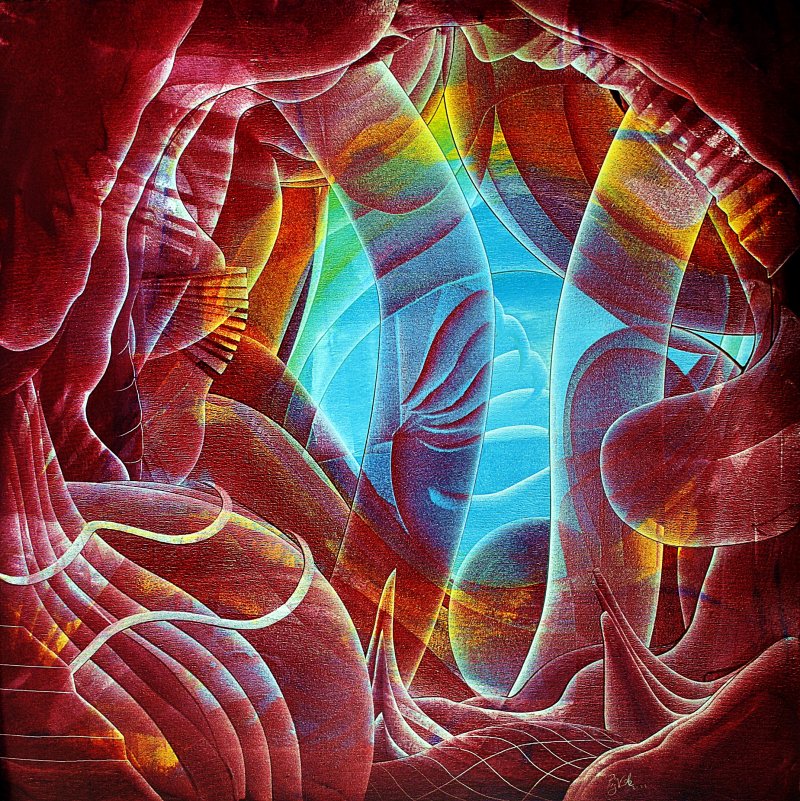
Where can we see your sculptures?
At the moment I have never shown my sculptures on display.
How do you feel about the art in Beijing and in China overall?
In particular, I really like Chinese art. It has unique characteristics, especially the contemporary art – a mix between traditional art and Western concepts, it really makes for a fantastic combination. Also, as far as the art market at the moment, in my opinion, China is better than other countries right now.
PazViola's work, along with that of Huang He, will be shown at the Scuola di Formazione Permanente della Fondazione Italia Cina in Tongzhou district at the Tone of Light exhibition until Jun 25.
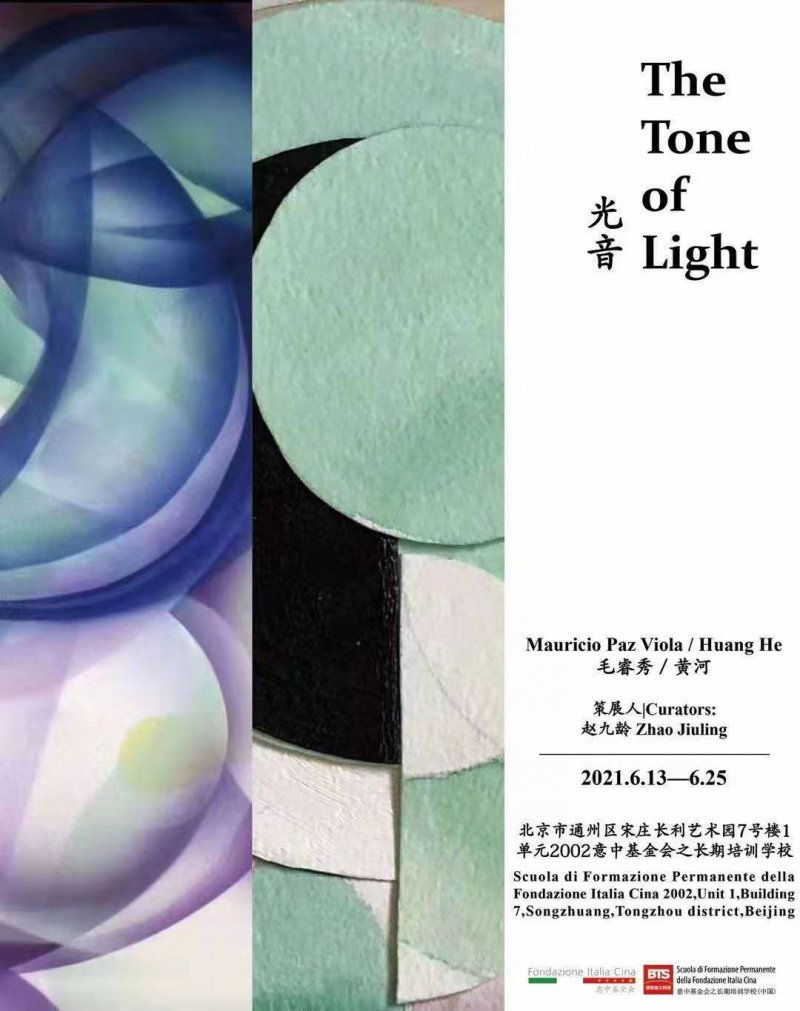
READ: Maria Nauen Talks Life as a Conductor, Author, and Educator Ahead of BICO Anniversary Concerts
Images courtesy of PazViola

